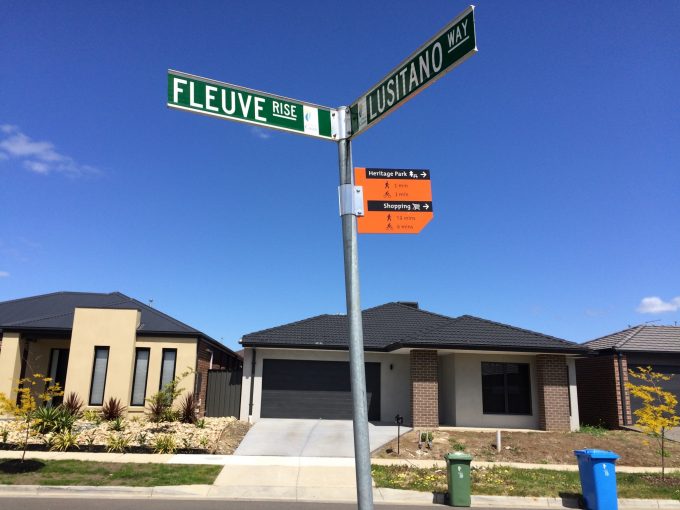The importance of creativity and diversity as drivers of regional growth is well documented but few studies have examined the interaction between creativity and diversity, particularly in the Australian setting.
Authors: Sveta Angelopoulos and Ashton De Silva
The creative contribution to regional development, where creative people and industries choose to position themselves and how to attract and retain them, continues to be debated. There are many occupations that comprise ‘creatives’ ranging from managerial, sales, marketing and human resources to the arts, entertainment, publishing and broadcasting. Each of these occupational groups is unlikely to have the same locational opportunities and preferences or effect on regional development.
The disparity in the economic growth of regions has led to debate among economists, urban planners and policy makers on the importance of creative contributions to the nation and the concept of creativity as a way to improve regional competitiveness. The importance of creativity and diversity as drivers of regional growth is well documented but few studies have examined the interaction between creativity and diversity, particularly in the Australian setting.
This research specifically focuses on bohemians (workers in the creative occupations of writing, design, music, television and film, and all forms of visual and performance art) because of the unique and well-documented contribution they can make to an economy. Researchers have argued that the role of these creative occupations may be more far-reaching than simply income earned through artistic endeavour and the resultant standard multiplier effects through local spending on associated activities, by providing an artistic dividend [1]. Furthermore, bohemian presence in a region may contribute to an environment that attracts ‘other talented or high human capital individuals’[2] bringing additional economic benefits to regions.
The study addresses two primary issues. Firstly, the spatial distribution of bohemian occupations across Australian regions to assess whether clustering occurs, the nature of the clusters and the spatial characteristics of the regions. Secondly, whether bohemians are attracted to areas that are relatively more diverse and tolerant following the Florida hypothesis or given the precarious nature of their income (relative to other creative occupations) economic considerations outweigh the determination of residential location.
Unlike previous research that primarily examines diversity in terms of foreign born residents the current study examines the impact of various forms of diversity (ancestry, migrant, religious and linguistic) along with tolerance (proxied by the proportion of the population in a same-sex relationship).
An improved understanding of the economic, cultural and social aspects of regions will better inform policy makers in the implementation of appropriate policy and aid in the direction of future research. The projected growth of the Australian population, the transition of the baby boomers into retirement as well as the continued uncertainty in the global environment necessitates a strong understanding of the characteristics of our regions and the resident populations. This knowledge will assist in determining the types of amenities required for residents and aid policy direction to encourage innovation and growth.
[1] Markusen, A., & Schrock, G. (2006). The artistic dividend: Urban artistic specialisation and economic development implications. Urban Studies, 43(10), 1661–1686.
[2] Florida, R.L. (2002). The rise of the creative class: And how its transforming work, leisure, community and everyday life. Basic Books.





